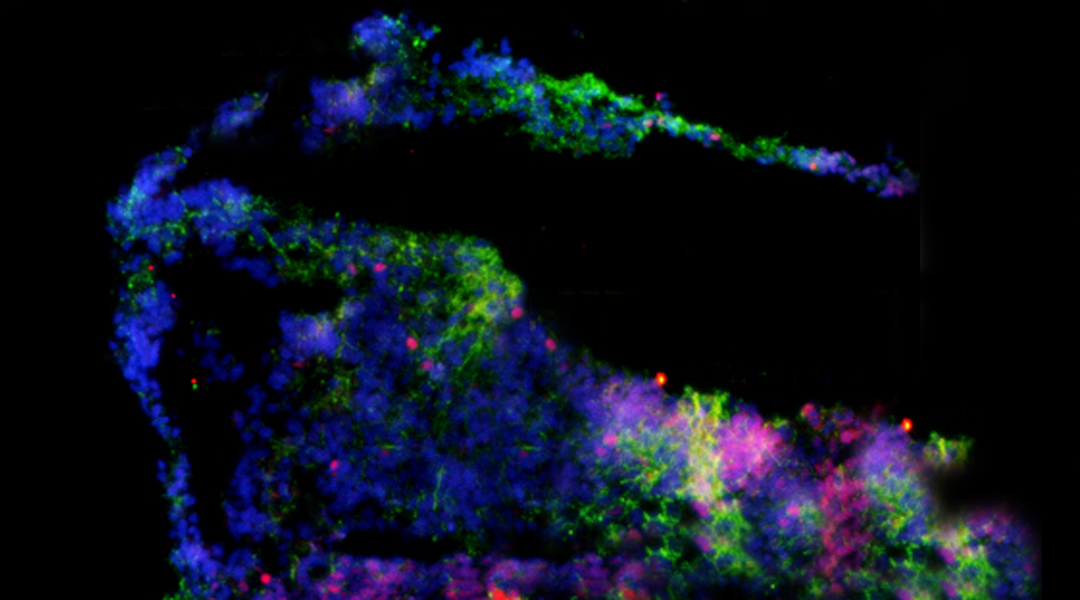There is some irony in the fact that the vast complexity of our brains makes them almost impossible to fully understand. Our intelligence, creativity, and compassion are all governed by millions of microscopic movements deep inside our skull, but the mechanisms of this majesty are mysterious.
One way to begin to unpick any problem of great complexity is to examine the system in small sections, and that is what researchers interested in the brain have been doing for several years. This granular approach has yielded countless discoveries, but true biological systems are hives of interconnected activity, so there comes a point where a more complete perspective is needed.
Now, a new technology looks to combine these isolated investigations to paint a more complete picture.
Piece of mind
Organoids are tiny recreations of the human body in the lab. These miniature proxies mirror the specific biological conditions of organs and allow researchers to interrogate the mechanisms behind health and disease. They have grown in importance to scientists in the last decade, but the interwoven complexity of the human brain is its defining characteristic, so there are limits to what such isolated experimental platforms can tell us.
A study published in Advanced Materials looks to fuse these manageable micro-studies together to create assemblages that also mimic the interconnected structure of the brain — which might create much more realistic situations for investigation and open up new avenues for research.
“To our knowledge, although there are some studies presenting the engineered brain organoids, there is no study to assemble regionalized brain organoids into larger complex neural tissues using this approach,” said lead author, Yujuan Zhu from Southeast University, China.
These combined arrangements are called assembloids, and are a new technology. “Assembloid is an emerging technology in the last three years,” Zhu said. “Despite the great progress, current assembloid models often involve tedious operations, high heterogeneity and variable reproducibility.”
An accessible, controllable method of arranging organoids would exponentially increase the possibilities for experimentation. If you could precisely pattern an assembloid to represent comparable brain section relationships, you could ask, for example, what impact a particular treatment or mutation might have on interaction between brain regions.
The new technique, Zhu says, “presents a multidisciplinary engineered strategy to generate human brain assembloids with desired patterning based on microfluidic technology. We hope this simple, efficient platform can be widely applied in assembloid study.”
A fluid approach
Precise control over the positioning of the various elements is key. Microfluidic technology is a way to control very small amounts of fluid in tiny channels. Using this, the researchers could manipulate the organoids into place. First, different organoids are generated in microcapsules, and then each element is moved into place on a multi-layered chip, slotting into predetermined wells and allowing total control over positioning.
“Different brain organoids can sequentially settle into one microhole by moving the microhole layer,” explained Zhu, but the question was then whether they would fuse into a larger networked neural tissue. “Our preliminary results have demonstrated the neural networks in brain assembloids based on the high expression of synaptic markers and active calcium signals.”
The team hope this will expand the possibilities of organoid research, widening access. “As a functional brain model, brain assembloid is highly promising for studies in neuro-immune interactions, cell migration and circuit assembly,” she says. And the application of this strategy of combining microspheres of material into broader structures could stretch beyond neurological research alone, to all types of tissues.
“In this study, microfluidics has shown high promise in organoid technology, and could potentially expand the applications of organoid models. We expect that more researchers from various backgrounds can collaborate to address key biological challenges in the future,” said Zhu.
Reference: Yuanjin Zhao, et al., Engineering Human Brain Assembloids by Microfluidics, Advanced Materials (2023). DOI: 10.1002/adma.202210083

















